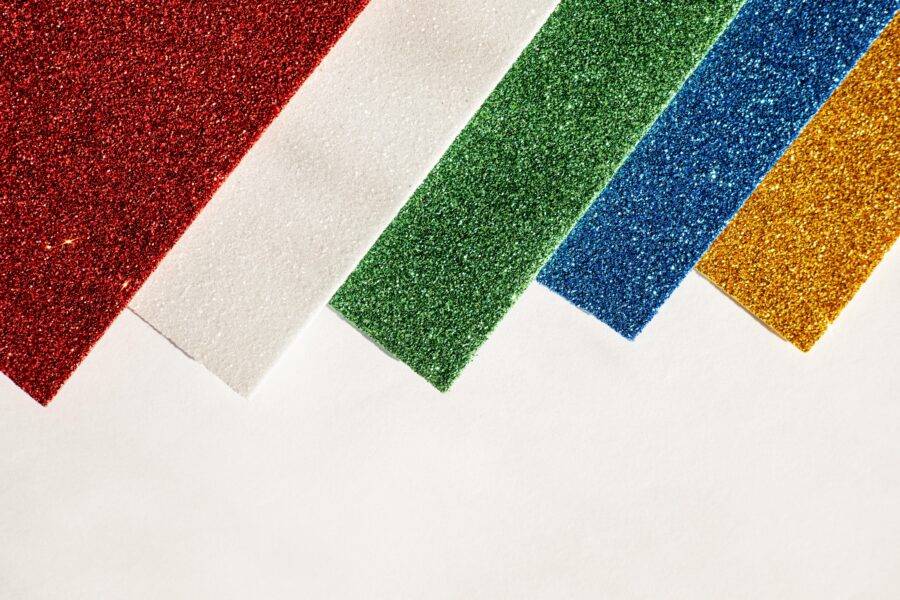Unveiling the Power of High-Density Polymer Foam: A Comprehensive Guide to Types and Applications

Introduction:
In today’s world of advanced materials, high-density polymer foam stands out as a versatile and indispensable substance with a wide range of applications. With its lightweight yet durable properties, this foam has become a cornerstone in various industries. This blog aims to explore the different types of high-density polymer foam and shed light on their diverse applications across sectors.
Types of High-Density Polymer Foam:
1. Polyethylene (PE) Foam:
- Known for its excellent cushioning and impact resistance, PE foam is widely used in packaging, automotive, and construction industries.
- Its closed-cell structure makes it waterproof and buoyant, making it ideal for marine applications such as flotation devices and boat insulation.
- PE foam sheets are also used for thermal insulation in buildings and HVAC systems, providing energy efficiency and cost savings.
2. Polyurethane (PU) Foam:
- PU foam is prized for its high load-bearing capacity and resilience, making it suitable for furniture cushions, mattresses, and automotive seating.
- Its open-cell structure allows for better airflow and moisture resistance, enhancing comfort and durability in various applications.
- PU foam can be molded into intricate shapes and sizes, offering design flexibility and customization options for manufacturers.
3. Polystyrene (PS) Foam:
- PS foam, commonly known as Styrofoam, is lightweight, rigid, and insulating, making it a popular choice for packaging, insulation, and disposable food containers.
- Its low thermal conductivity and moisture resistance properties make it ideal for keeping products safe during transit and storage.
- PS foam is also used in construction for insulation boards and void fillers, providing cost-effective solutions for energy-efficient buildings.
4. Polyvinyl Chloride (PVC) Foam:
- PVC foam is renowned for its excellent weatherability, chemical resistance, and flame retardancy, making it suitable for outdoor and marine applications.
- It is commonly used in signage, marine decking, and door panels due to its durability and low maintenance requirements.
- PVC foam sheets can be easily fabricated and installed, offering long-lasting performance in harsh environments.
Applications of High-Density Polymer Foam:
Packaging:
High-density polymer foam is widely used for cushioning and protecting fragile items during shipping and handling, reducing the risk of damage.
Construction:
In construction, high-density foam serves as insulation, soundproofing, and structural reinforcement, improving energy efficiency and building performance.
Automotive:
Automotive manufacturers utilize high-density foam for interior components, seating, and noise reduction, enhancing comfort and safety for passengers.
Healthcare:
In the healthcare sector, high-density foam is used for medical devices, prosthetics, orthopedic supports, and wound care products, providing comfort and support to patients.
Read more from our latest study on High-density Polymer Foam Market by IHR Insights.
Conclusion:
High-density polymer foam plays a pivotal role in modern industries, offering a lightweight, durable, and versatile solution for a myriad of applications. From packaging and construction to automotive and healthcare, the different types of high-density foam cater to diverse needs across sectors, driving innovation and efficiency. As technology advances and new formulations emerge, the potential for high-density polymer foam to shape the future of materials science remains limitless.
– Analyst Team
IHR Insights
inquiry@ihrinsights.com

